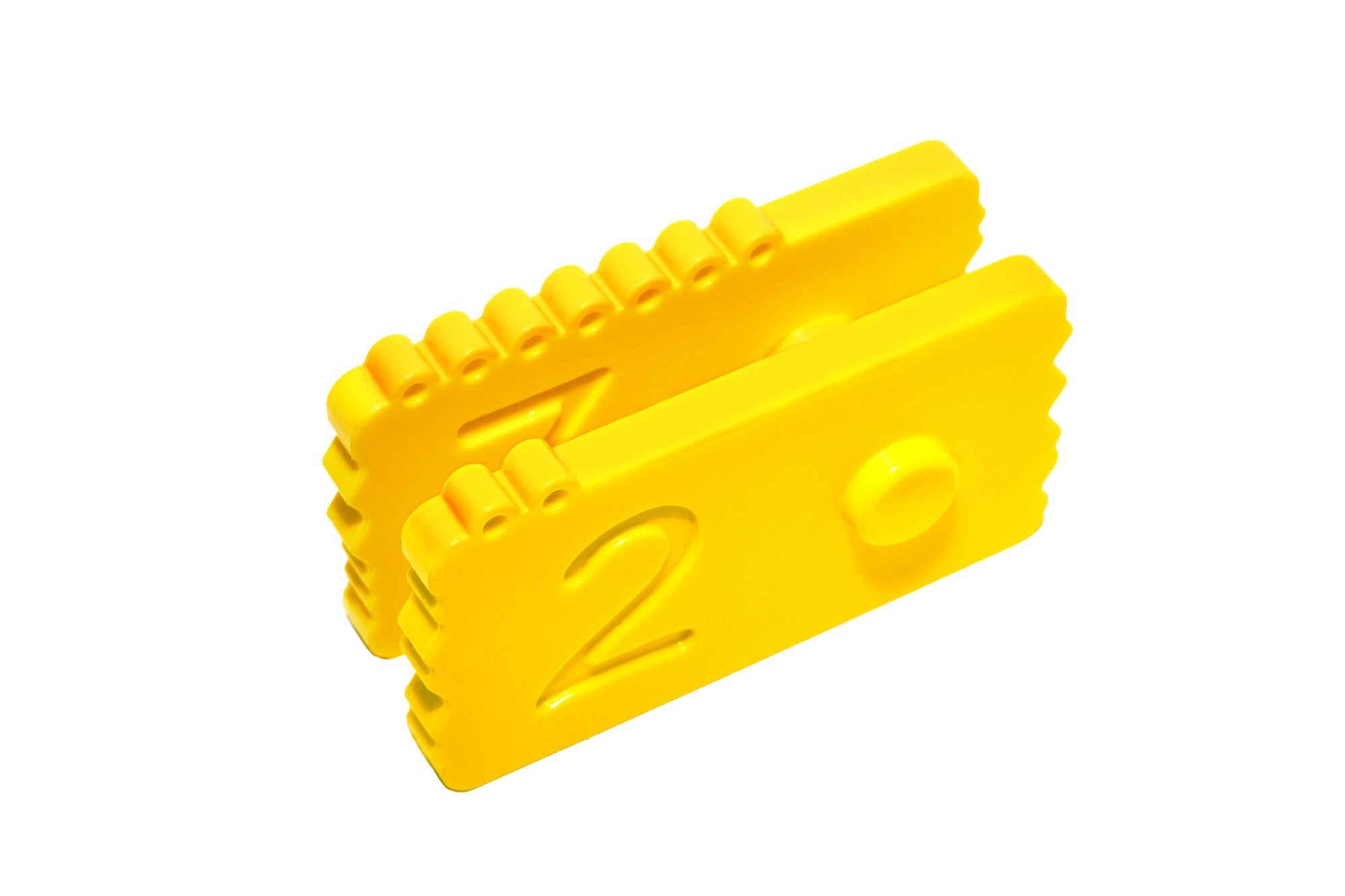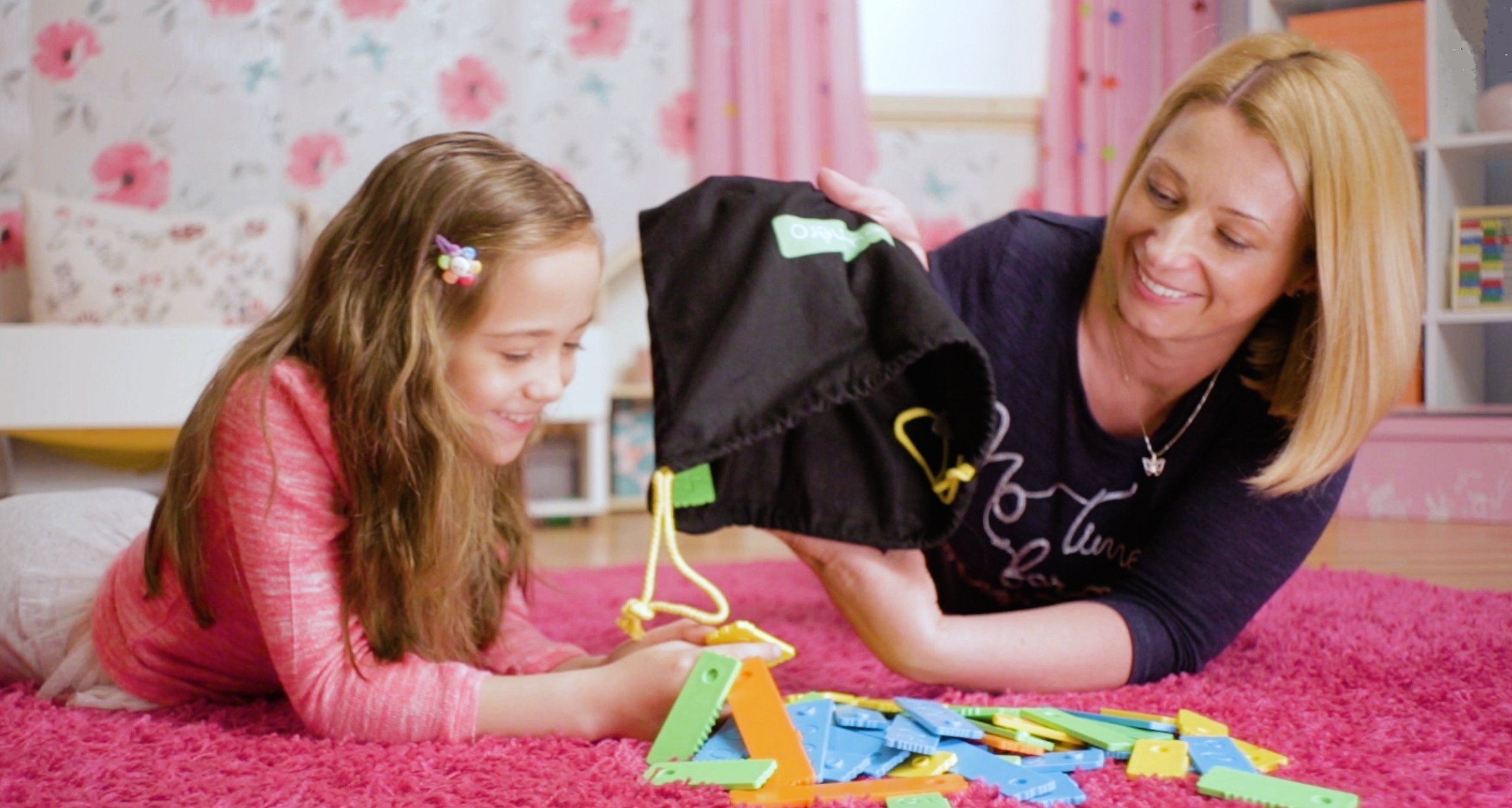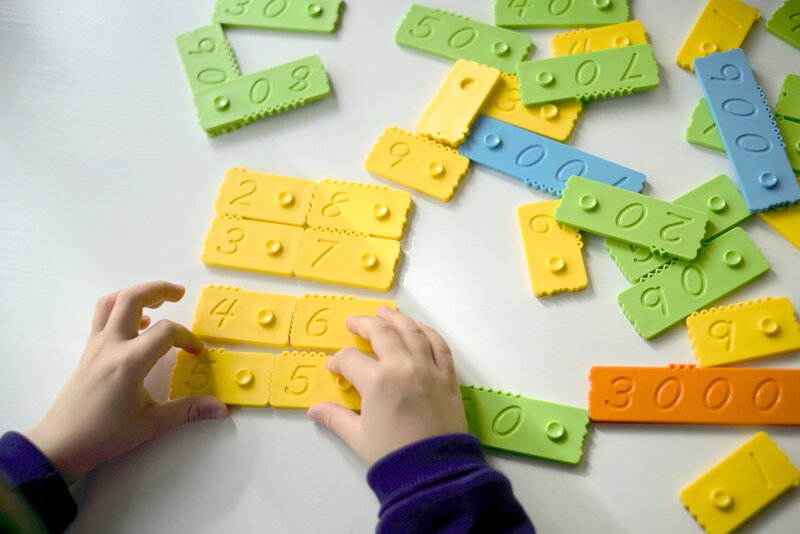Learn Subtraction by playing
It can be hard for your child to understand subtractions by only using a pen and paper.
Children understand better when they can touch the numbers.
The newmero bricks show the difference between the numbers. It also helps your child to find the solution.
Let’s take for example 7-2=?
It can be hard for your child to understand subtractions by only using a pen and paper.
Children understand better when they can touch the numbers.
The newmero bricks shows the difference between the numbers. It also helps your child to find the solution.
Lets take for example 7-2=?
Stack the bricks together
Put the bricks together and count the extra counting knobs at the top of the bricks.
There are 5 extra knobs at the top so the result is 5!
You can also learn the place value, Friends of 10, Additions and more with the newmero bricks. You can see here short videos of each exercises that is grouped by class level
Buy a set of newmero and help your child to master Maths.
newmero WON the GESS Education Award 2019!
The newmero bricks won the prestigious category "Early Years Resource/Equipment Supplier of the Year".
The award highlights and rewards the quality and diversity of educational products and resources. The GESS Education Awards aim to encourage the raising of educational services & product standards throughout the industry.
The newmero bricks won the prestigious category "Early Years Resource/Equipment Supplier of the Year".
We are very proud to receive this Award.
The award highlights and rewards the quality and diversity of educational products and resources. The GESS Education Awards aim to encourage the raising of educational services & product standards throughout the industry.
The winning team,
Allan, Erik and Christine
Are you born to be good or bad in math?
But it’s actually a myth that is transferred from adults to children and is damaging the learning possibilities.
All children can learn math, it is just about training.
Your child will really benefit from learning numbers and math in a fun, creative and good way.
In the Western countries, we are convinced that some people are naturally good at math and some are not!
But it’s actually a myth that is transferred from adults to children and is damaging the learning possibilities (1).
It is very interesting, that this myth does not exist in Asian countries like Japan and China. And these countries are becoming worldwide champions in math according to OECD (2).
All babies are really born to love playing with numbers and are eager to learn math. This is the perfect opportunity for parents and teachers to nurture and challenge this appetite.
4 out of 10 people say that they hate math (3). They often hate math because they have had a bad experience in school or their parents claimed that nobody in the family was good at math.
A student gets a bad experience when he/she fails to progress in a math class and may feel left behind. Those students try to avoid math as much as possible in the future. They, unfortunately, miss a big opportunity as math is crucial for future technologies (1).
All people can learn math, it is just about training.
As a parent, you should have a positive attitude about numbers and math. Spend time with your child by playing with numbers or help to do their math homework.
If you, as a parent, did not like math as a kid, there is no need to tell that to your children.
Just tackle math in a different way and you may surprise yourself that math isn’t as bad as you remembered.
Your child will really benefit from learning the numbers and math in a fun, creative and good way.
Let’s start playing with numbers...
The newmero bricks engage and excite children to learn numbers and math through play.
Check where you can buy a set of the newmero bricks in your country
Further recommended reading:
(1) What’s Math Got to Do With It?, Jo Boaler, Professor of Mathematics Education, Stanford University.
(2) www.oecd.org/pisa (performance-mathematics).
(3) Associated Press-America Online (AOL) – news poll.











